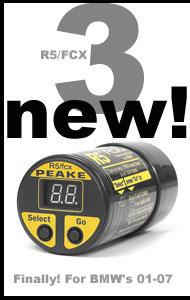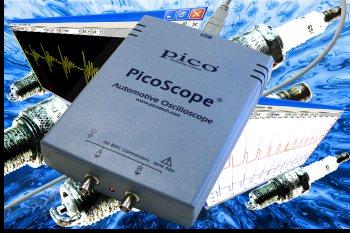Scan Tools and Techniques
 A Scan Tool is any device which can check and retrieve fault codes. They will often come in varying degrees of technology, from a test lamp in a large official looking case to complete interfaces supplied to Authorised Service Stations which can communicate with all electronic components. Let's start by dividing these into Categories.
A Scan Tool is any device which can check and retrieve fault codes. They will often come in varying degrees of technology, from a test lamp in a large official looking case to complete interfaces supplied to Authorised Service Stations which can communicate with all electronic components. Let's start by dividing these into Categories.
OBD Flash code readers - The simplest type will active a diagnosis communication mode, which will cause a light to flash. This light can be inside the ECU, be part of the code reader, or maybe the MIL. Two flashes and a pause would indicate 2, 6 flashes and a pause would indicate 6. When this code numbers are collected, they are cross referenced in a handbook to reveal the cause of the error, which can then be rectified. As these are ECU based, these codes will relate directly to the engine only, and what the engine ECU can detect. These types of devices are often very specific, not only to Manufacturer or Model, but sometimes down to individual groups within a Model type. OBD II and ELM Devices - With the introduction of various OBD II diagnostic standards, Scan tool manufacturers were able to produce one device which will be able to connect to OBD II compliant vehicles and rear standardised codes. As mentioned on our Diagnostics page, OBD II did have various protocols, such as VPW, ISO and PWM but multi-protocol devices are available to cover them all. The most famous of these are the ELM series of devices, using the ELM chipsets in a variety of devices, from complete units to Development kits. The latest version is the ELM327 chip, which, when implemented correctly, will allow OBD diagnostics on ISO, VPW, PWM, KWP and CAN standards. Details on the OBD Codes can be found at OBD Codes. Manufacturer Specific Code Readers - These Devices work on far deeper level compared to OBD II devices. The Manufacturer Specific tools are able to carry out full diagnostics on many models, and provide a coverage second only to the manufacturer. Examples of these are Vag-Com and, pictured above, Peake. As well as the OBD II DTCs, these will also be able to interpret Manufacturer specific codes generated in OBD diagnostics, and often communicate with all other diagnostic enabled devices such as ABS systems and Body electronic modules. They are usually the most powerful class of diagnostic devices, second only to OEM Tools, but are held back by Single Brand usage. Multi Platform Diagnostics - Multi Platform diagnostic tools act like a collection of the above-mentioned Manufacturer Specific Tools. These are made available to Service stations to provide powerful diagnostics to many different Manufacturer's vehicles. Depth of coverage can vary significantly between supported Manufacturers, with a few reaching Manufacturer Specific levels on some brands, but only OBD II level on others. These tools are often more expensive, but overall, can represent a saving compared to the cost of numerous Specific Hi-Level devices. Examples of 3rd party Multi-Platform devices are Launch, and Autodiagnos, and OEM manufacturers such as Bosch producing the Bosch KTS range. OEM Scan Tools - The Highest level of communication is naturally the OEM equipment. Able to interface with new vehicles as they are released, and to carry out tasks such as coding and programming of replacement modules. Examples of OEM tools are BMW's Group Tester 1 (GT1), Porsche's PIWIS (Based on a Bosch KTS platform), and Mercedes Benz' Compact STAR
